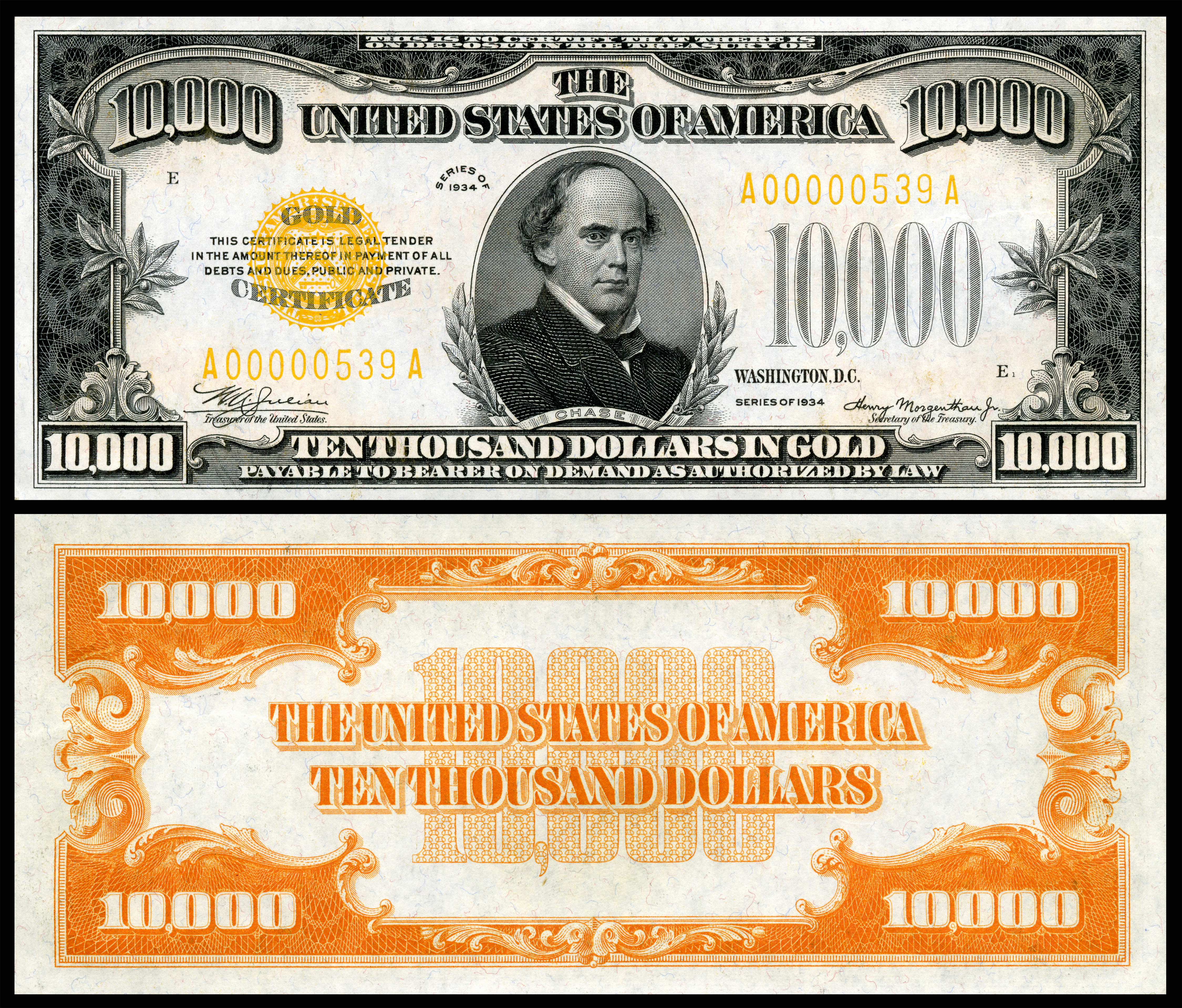Have you had a chance to see an 1830 Quarter Eagle? Because the mintage of these great American coins was very small (4,540) and because many were melted down for their gold content, it is estimated that very few remain today.
The Quarter Eagle made its debut in 1796. Of the 10 denominations authorized by Congress in 1792, it was the last to be minted and only in small quantities. When introduced, the quarter eagle had the distinction of being the first precious-metal American coin lacking stars on its obverse.
After 1808, no more Quarter Eagles were minted until 1821. At this time, the Capped Head to the Left type made its appearance.
In 1830, the Mint made significant technological changes. Although the coin design is very much the same, the appearance of the coin is starkly different. This is the first quarter eagle to benefit from use of the Mint’s new closed collar. The collar is a part of the coin press that encircles the planchet to keep metal from flowing outward when struck by the dies. In its early years, the Mint used collars constructed of three pieces. The new closed collar was one piece and looked like a metal cylinder with a hole in it. Not only did this new technology standardize the diameter of coins but also, by being a stable barrier to metal flow, it improved the overall striking quality of coins. Coins now had a much more “finished” appearance. When minting coins with reeded edges, the reeds were engraved into the collar. When dies struck the planchet, reeding was instantly added to the coin, greatly increasing Mint productivity
Mint Director Samuel Moore said that the new closed collar technology created a “mathematical equality” to the coins.
Sadly, there were underlying market forces at work that conspired against the survival rate of these early stunners. This was a time when vast amounts of silver were being placed on world bullion markets. A resulting drop in silver value made gold more valuable. Gold coins of this era were worth more as bullion than as coins. Because of this, most gold coins ended up being either hoarded or exported for melting. This melting reached its peak in 1831, when records indicate a single melt in Paris consumed 40,000 half eagles. Gold coins disappeared from circulation. Finally forced into action, Congress passed the Coinage Act of June 28, 1834 which reduced by 6% the amount of gold in U.S. coins. This new standard would require a new design, which brought an end to the “Early Gold” era.
The survival rate for the 1830 $2.50 Quarter Eagle is low, with an estimated number for all grades being less than 150 coins. This is an inviting and historic early American gold coin that would make an impressive addition to an advanced collector’s cabinet.
Want to read more? Subscribe to the Blanchard Newsletter and get our tales from the vault, our favorite stories from around the world and the latest tangible assets news delivered to your inbox weekly.
The post Few Collectors Have Ever Seen This Rarity appeared first on Blanchard and Company.



Did you miss our previous article…
https://www.goldira.pw/defining-a-country-with-the-images-of-the-liberty-cap-half-cent/

